Conveyor belts are flexible pieces of material used to move items along a conveying system. Note that conveyor belts are not the same thing as machine belts. The primary difference between conveyor belts and machine belts is that machine belts are used to transmit energy while conveyor belts are used to transport goods. They are also not to be confused with warm conveyor belts and cold conveyor belts, which are meteorology terms. Read More…
Our conveyor belts are ISO 9002 and FDA certified. We can use our belts in nearly every industry, from transmission timing belts to conveyor belts for foods.
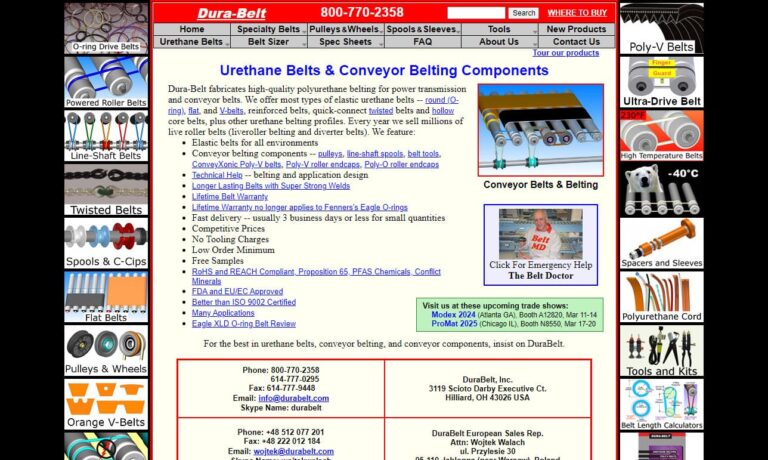
Creating conveyor belts at Fabrication Unlimited such as rubber belting, flat belts, endless belting, PVC, urethane belting, timing belts, cleated belting, specialty unscrambler belts (made-to-order), & corrugators belts, can be done with fast turn around for all fabricated belting offered. Serving food processing, agricultural, pharmaceutical, recycling, beverage and other industries.

Custom conveyor belting is fabricated by Beltservice Corporation and available through our distributors or OEMs. From this conveyor belt manufacturer, you will find agricultural, cleated, elevator, food handling, heat-resistant, heavy-duty and light-duty, incline, package-handling belting and more.

Come to Con-Belt Inc. for quality flat belts. Established in 1991, we have over twenty years of manufacturing experience and can meet your specifications and exceed your expectations. All of our products are made with pride in U.S. and are compatible and interchangeable with most major manufacturers’ conveyor equipment. Contact us today for further information about the products we offer.

More Conveyor Belt Manufacturers
Conveyor Belting Applications
Conveyor belt systems are crucial for the seamless transfer of items across various commercial and industrial settings. They play a vital role in cutting down production times and minimizing labor costs. In factory assembly lines, conveyor belts streamline the manufacturing process, making it more efficient. Even small retail shops utilize conveyor belts at checkout counters to keep merchandise moving smoothly before and after scanning. Virtually every industry relies on conveyor belting for its operational needs.
Conveyor systems are mechanical assemblies designed to transport goods, products, and various materials from one location to another. They excel in moving heavy items, mass-produced products, and even potentially hazardous materials. Sectors such as automotive, mining, electronics, food processing, textiles, and packaging rely heavily on these systems to manage their materials efficiently.
Conveyor belts are versatile systems used to move products or materials through continuous loops. These belts stretch between two end-pulleys, creating an endless cycle. They are commonly made from materials like rubber, fabric, leather, plastic, and metal. For transporting larger or heavier loads, a thicker and stronger belt material is necessary. Conveyor belts are typically powered and can operate at various speeds based on the volume of material to be moved. For handling bulk or heavy items, troughed belt conveyors are ideal. Steel conveyor belts are known for their durability, making them suitable for handling substantial loads and challenging bulk materials.
Belt conveyors, or conveyor belts, are among the most straightforward types of conveyor systems. They operate with a motor and pulley setup that turns a belt into a continuous loop, guided by rollers. This user-friendly equipment is versatile, serving two main purposes: it handles general materials, like moving packages within a factory, and manages bulk materials, transporting substantial quantities of resources such as grain, salt, gravel, and coal.
Maximizing productivity is crucial in conveyor belt systems. We must always prevent downtime from repairs to avoid financial losses. A well-maintained conveyor belt splice plays a key role in maintaining the efficiency of the belt system.
Conveyor belts play a pivotal role in a food processing line, significantly affecting both the quality and safety of the products they handle. With various types available to suit different needs, Plastic Modular, Solid Flat Belt, and Wire Mesh conveyor belts are essential for both primary and secondary food processing.
Industries like food and beverage processing, pharmaceuticals, waste management, milling, mail sorting, and printing often rely on conveyor belting. This technology is also prevalent in various engines. Without conveyor systems, these industries would struggle with inefficiency, as manual labor would be needed to move and sort goods, significantly increasing the time required for operations.
History of Conveyor Belting
Conveyor belt systems started to appear in manufacturing towards the end of the 1700s. The earliest known example was introduced in 1795, featuring a wooden slider bed, a leather belt, pulleys, and a hand crank. This early conveyor was utilized by seamen and merchants for loading products and goods onto ships. By 1804, the British Navy had commissioned the development of a steam-powered conveyor, designed to help their cooks efficiently bake biscuits.
After a period of dormancy, conveyor systems saw a revival in the late 1800s, driven by the needs of miners and the growing automotive industry. In 1892, American inventor Thomas Robins, commissioned by Thomas Edison, developed a conveyor belt designed to efficiently transport coal and ore from Edison’s mining operations. Robins’ design featured a leather belt with wire-sewn segments. This innovation proved highly successful, earning first prizes at both the Saint Louis Exposition and the Pan-American Exposition, and the grand prize at the 1900 Paris Exposition.
In 1901, a Swedish company named Sandvik introduced a steel conveyor designed for transporting gravel. Then, in 1905, Richard Sutcliffe, an Irish miner who had transitioned to engineering, invented the first underground conveyor. This innovation revolutionized mining by dramatically reducing the labor needed to move materials from the mine to the surface. Only three years later, engineers unveiled the roller conveyor, further advancing the field.
In 1913, Henry Ford revolutionized manufacturing by integrating the conveyor belt into his automotive assembly line. This innovative combination accelerated production and brought a new level of standardization to manufacturing. His approach quickly inspired other industries to adopt and adapt the system for their own use.
For many years, conveyor belts saw little change. Then, in 1957, B.F. Goodrich revolutionized the industry with a rubberized steel belt that far outlasted any before it. This innovation featured a unique half twist that exposed both sides of the surface area, effectively halving the wear on each side. As scientists developed stronger materials, Goodrich engineers responded with even more durable belt designs, eliminating the need for the twist.
In 1970, the American company Intralox secured a patent for the first plastic conveyor belts. Since then, numerous other companies have entered the plastic belt market. Today, conveyor belts come in various rubber and polymer materials, making them versatile enough to operate in countless environments.
Conveyor Belt Design
Typically, conveyor belts are flat and crafted from a flexible material such as rubber. They usually function by being mounted on a series of rollers, which are driven by an electric motor.
Materials
A typical flat belt features multiple layers to enhance durability and resistance to wear. Its core is made from materials such as fabric or wire mesh. Common options include aramid fiber, polyester, cotton, steel, stainless steel, and galvanized steel.
They coat this core with layers on both sides of the mesh. The layers can be crafted from various materials, provided they are durable, strong, and reliable. The material can be either flexible and seamless or composed of a series of lightweight, hard pieces. Typically, they use rubber for the belt, but plastic options like PVC or polyurethane are also common choices.
Design Considerations
When designing conveyor belts, manufacturers take into account various factors, including the type of products or materials being transported, their weight and shape, the length of the conveyor system, any existing equipment that needs to be integrated, the layout and environment of the space, the frequency of use, and the relevant standard requirements (such as FDA, medical grade, or food grade).
Taking these factors into account, manufacturers have numerous decisions to make, such as choosing materials, belt type, size, groove shapes, and construction. For instance, in situations where a conveyor operates against gravity, a belt with ridges can be designed to prevent objects from rolling off during transport. Similarly, for handling heavy loads, a wider belt can be engineered to support the increased weight.
Types of Conveyor Belts
Flat belts are straight, continuous belts that are widely used as conveyor belts in various industries. They serve diverse functions, including industrial coating, draining, heating, cooling, drying, mining, and logging.
Continuous belting, also known as “endless belting,” is characterized by its seamless and joint-free design.
O-ring belts, sometimes called round belts or endless round belts, are versatile and stretchable components used in various applications. They’re commonly employed to secure flat belts onto rollers or maintain their connection to chains, preventing inward slipping during movement—particularly in curves or turns of large conveyor systems. Additionally, o-ring belts are frequently chosen for their role in power transmission systems.
Cotton conveyor belts are lightweight, tightly woven fabrics crafted from cotton. Ideal for food processing and baking, these belts can be designed to meet FDA and USDA standards.
Timing belts are used in internal combustion engines and work in tandem with the engine’s gears and cogs. Many manufacturing facilities accept custom orders for belts that are being designed for a specific function or piece of equipment.
Fin belts get their name from the fin-like extensions that protrude from the main belt. These fins are designed to flex and efficiently handle quickly moving containers, making them ideal for separating cartons in packaging facilities. In contrast, flat belts are crafted from a uniform thermoplastic, featuring a seamless design without hinge rods. Their fully closed surface minimizes bacterial buildup, making them particularly effective in processing raw and cooked meats, as well as fruits and vegetables.
Wire belts aren’t crafted from rubber or polymer but are instead made from woven wire cords, typically steel or stainless steel, or from chain mail-like wire links. These belts are designed for heavy-duty applications. Wire mesh belts, which are made from stainless steel series 300, feature a non-exposed hinge mechanism to prevent bacterial buildup. Their exceptional heat resistance and belt stability make them perfect for handling breaded products and are predominantly used in cooking applications.
V-belts are designed with a V-shaped groove that fits into a pulley, allowing them to transmit higher torque than flat belts. They achieve this with less width and lower tension. For enhanced grip, the V slot can be made deeper. V-belts are particularly suited for lighter applications.
Rubber conveyor belts are crafted from natural or synthetic rubber materials, including urethane, silicone, and neoprene. Just like rubber’s versatility, these belts come in various thicknesses and grades. They find applications in diverse fields, from transporting food to handling industrial materials.
Roller conveyors are systems that operate using a series of rollers set within a frame. The belt rests on top of these rollers. As the rollers spin, they propel the belt forward, carrying along the items placed on it.
Conveyor Belting Accessories
Conveyor belt accessories are essential for the smooth operation and upkeep of conveyor systems. Among these, conveyor belt fasteners are crucial as they securely join the belt’s ends, ensuring a robust and dependable connection that can handle the rigors of material handling. Another key accessory is belt lacing strips, which are flexible metal strips used to create a seamless loop by connecting the belt’s ends. Alternatively, Clipper lacing involves individual metal clips that are inserted into the belt’s ends and secured with a lacing machine, offering a durable connection. Hooks are also important, as they attach to the conveyor belt to facilitate material handling, enabling the hanging of buckets or the addition of other accessories to increase system versatility.
Plate grips secure metal plates or cleats on the belt, stopping slippage and ensuring materials move smoothly and efficiently. Skirtboard and sealing systems play a crucial role in managing material spillage and minimizing leaks at transfer points. The skirtboard, a rubber sheet mounted along the conveyor belt’s sides, serves as a barrier to keep materials contained. Sealing systems, including skirtboard seals and conveyor belt seals, offer effective solutions at key areas to reduce leaks, enhance safety, and keep the working environment clean and controlled.
Tracking systems play a vital role in maintaining proper belt alignment and preventing misalignment. They feature components such as tracking rollers, guides, and sensors that keep the belt centered on the conveyor, ensuring smooth operation without rubbing against the framework and minimizing wear and tear. Pulley lagging is also essential; it involves applying a layer of material, typically rubber, to the pulley surface. This enhances traction between the pulley and the belt, preventing slippage and improving power transmission efficiency. Moreover, pulley lagging protects the pulley from wear, extending its lifespan and reducing maintenance needs.
Belt cleaners are essential tools for keeping conveyor belt systems running smoothly and efficiently. They effectively eliminate material residue and debris from the belt’s surface, which helps to prevent carryback, minimize the risk of belt damage, and enhance overall performance. Available in primary, secondary, and tertiary types, these cleaners are tailored to meet different cleaning requirements and ensure optimal belt operation.
Deciding whether these accessories are needed involves evaluating several factors. The type of conveyor belt is key in choosing compatible accessories. We must also consider the application, environment, material being transported, and maintenance needs. For instance, heavy-duty applications might call for more robust and durable accessories, whereas belts handling abrasive materials may need accessories designed to resist wear and tear. Additionally, using the right installation tools, like lacing machines or hook attachment tools, is crucial for efficient setup and maintenance.
By taking these factors into account and grasping the unique needs of the conveyor belt system, we can identify the essential accessories for achieving optimal performance, durability, and safety. Choosing the appropriate accessories guarantees a fully equipped conveyor system capable of meeting the demands of its intended application, while reducing downtime and maintenance efforts.
Proper Care for Conveyor Belts
To start properly maintaining your conveyor belt, focus on its usage. Use the belt only within its designed limits—avoid placing loads that exceed its weight capacity and ensure that all substances are compatible with the belt material.
Alongside this, you must regularly check your belt for contaminants such as dirt and dust, and for signs of wear and tear or improper adjustment. A misaligned belt is vulnerable to ripping, twisting, and slipping. If it’s allowed to operate while misaligned, it can become loose or stretched, leading to decreased quality, inefficiency, and potential accidents. Proper tensioning of the belt is also essential.
Ensuring proper lubrication is essential for the smooth operation and longevity of your conveyor belt. Lubrication helps prevent wear on the moving parts and shields them from contaminants. However, even if contaminants don’t directly touch the surfaces, they can still cause issues. To further protect your equipment, we suggest incorporating an air quality maintenance system or a dust collection system.
Conveyor Belting Standards
The quality standards for your conveyor belts will vary based on your application, industry, and location. For instance, if you’re conveying food, your belt needs to be food-grade or FDA compliant. Similarly, for agricultural materials, USDA compliance is required. To determine the specific standards applicable to your belting needs, consult with industry experts.
Things to Consider About Conveyor Belting
Numerous manufacturers provide a range of conveyor belts, including custom options, standard models, discounted surplus, and used varieties. The best choice for us hinges on our specific application and budget. To assist in our decision-making, we’ve compiled a list of reputable conveyor belt manufacturers and suppliers on this page. Explore their profiles and websites to discover what they offer.
Conveyor Belt Splices- Conveyor belt splicing involves connecting two segments of a conveyor belt to extend its length or mend any damage. Various splicing methods exist, with the appropriate choice depending on the belt’s type, its speed, and the materials it transports. Selecting the right, high-quality splice for your system is crucial to avoid potential financial setbacks from repairs.
Mechanical Splicing- They use a mechanical splicing system to join belts using metal fasteners, hinges, or plates, ensuring strong, dependable connections. This technique is versatile, suitable for various belt types and environments, and is especially favored in industries such as mining and quarrying. Here are some important considerations when deciding to use this option:
- Mechanical splices are straightforward to install. With portable tools, an installation crew can fit the splices in under an hour, depending on the belt’s width and thickness.
- Temperature, moisture, and contaminants do not impact the installation of mechanical splices.
- This splicing method minimizes belt waste and its visibility on the belt facilitates easier inspection.
- Since they can easily spot material wear, they can perform preventive maintenance earlier, reducing the risk of breakdowns during crucial operations.
Vulcanized Splicing- Also known as chemical splicing, this intricate procedure utilizes heat and/or chemicals to join belts for lengthening or repair. It demands specialized skills and equipment. Additionally, environmental factors such as temperature and moisture must be considered. Despite being challenging and costly, vulcanized splices typically result in smoother and more durable connections compared to mechanical splices. There are two types of vulcanization: hot and cold.
- Hot vulcanization utilizes heat and pressure applied through a vulcanizing press. While this method can be time-consuming, often requiring several hours, it results in stronger, longer-lasting splices compared to other techniques.
- Cold vulcanization is a reliable technique that employs chemicals to bond two pieces of belt together. This method requires specialized hand tools and top-notch bonding agents.
Conveyor belts will always be a primary choice in bulk materials handling. Their capability to safely manage large quantities of material in an organized and timely manner makes them an essential component of industrial production. Ensure that the parts of your conveyor, such as its splices, belt, motor, pulleys, and metal or rubber-based rollers, are constructed from high-quality materials.
To streamline your search, we suggest taking a moment to jot down your specifications, requirements, and questions. Remember to include your budget, quality standards, delivery deadlines, and support preferences, such as installation assistance and parts replacement. Once your list is ready, start your search. The manufacturers we’ve listed are experienced and trustworthy, but only one will be the perfect fit for you. Identify three or four that stand out and reach out to each with your list. After discussing your needs with them, compare their services and offers to find the one that suits you best.
Choosing the Right Conveyor Belt Supplier
To ensure a productive outcome when purchasing conveyor belts or accessories, it is important to compare several suppliers using our directory. Each supplier’s business profile highlights their areas of experience and capabilities, along with a contact form for direct communication or quote requests. Use our patented website previewer to quickly learn about each company’s specialties. Then, use our simple RFQ form to contact multiple businesses simultaneously.

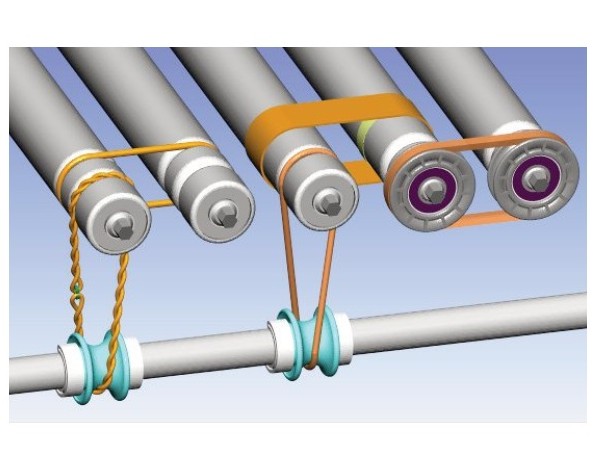

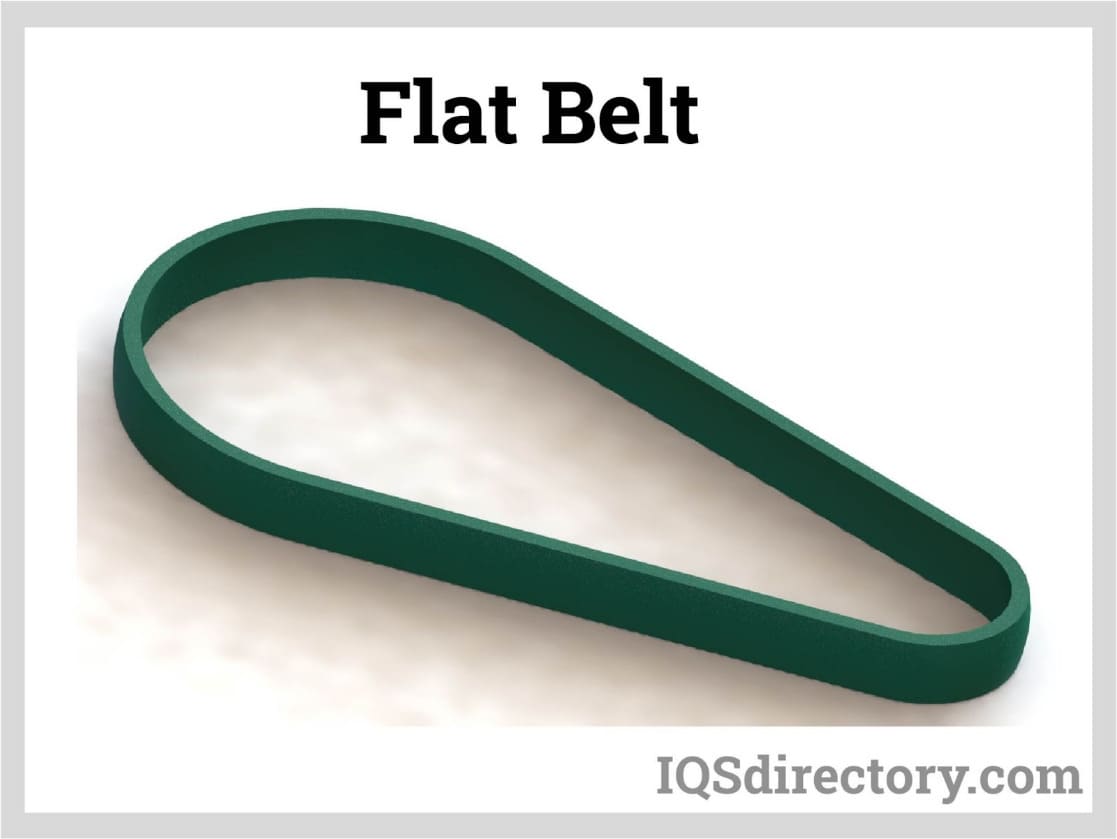
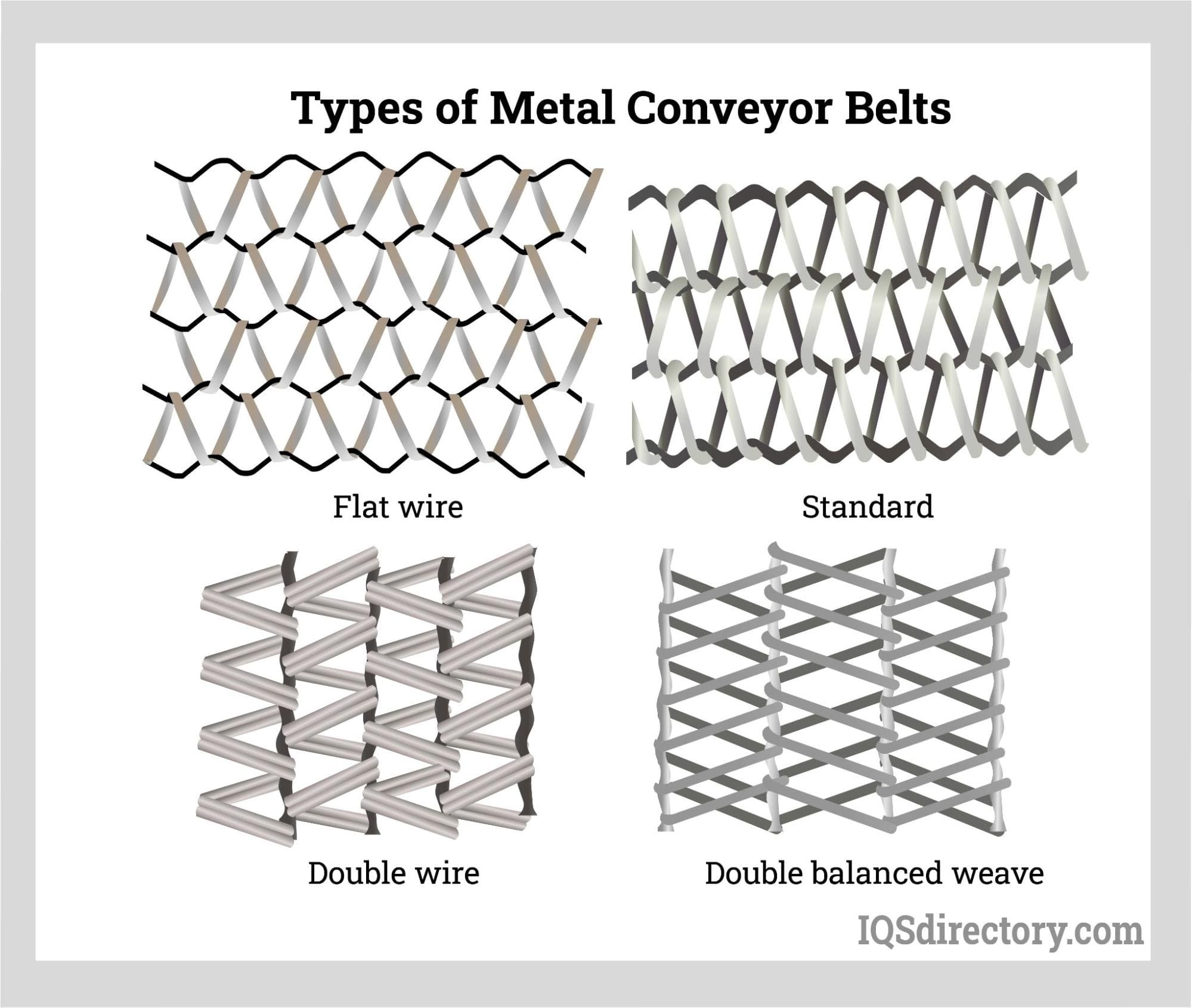
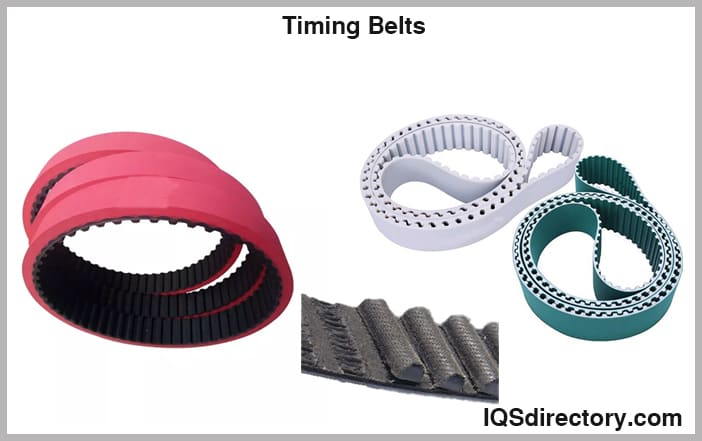
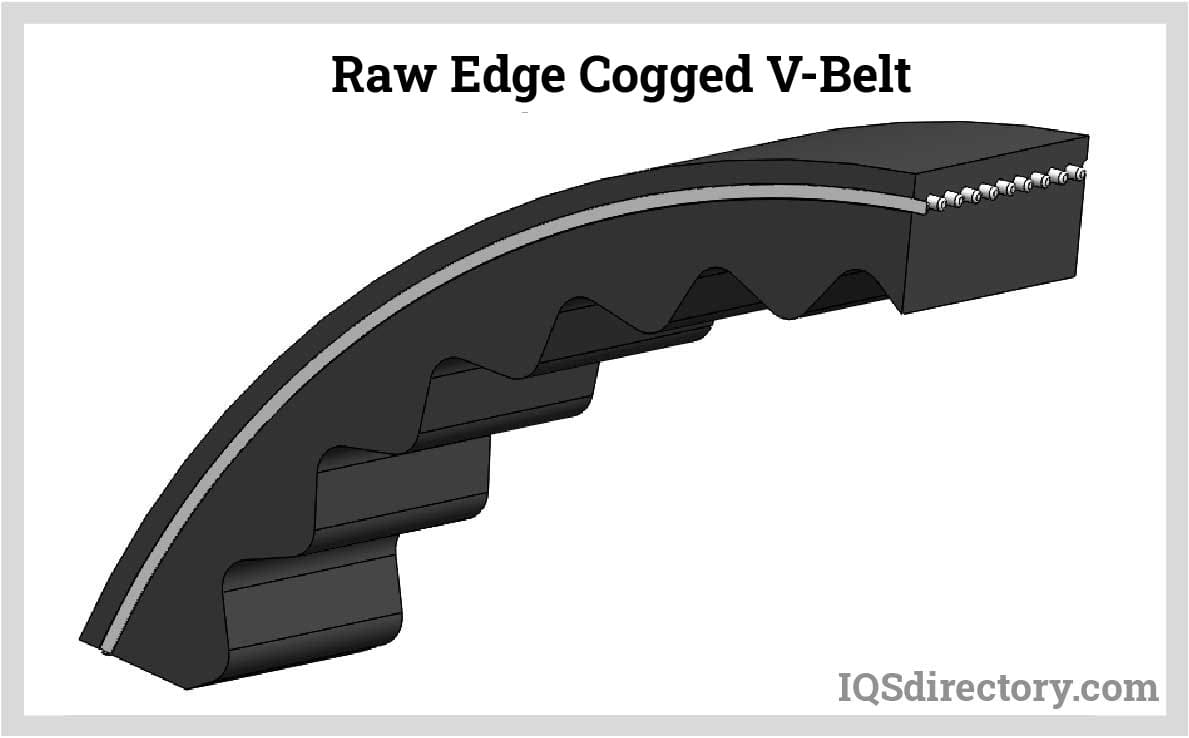
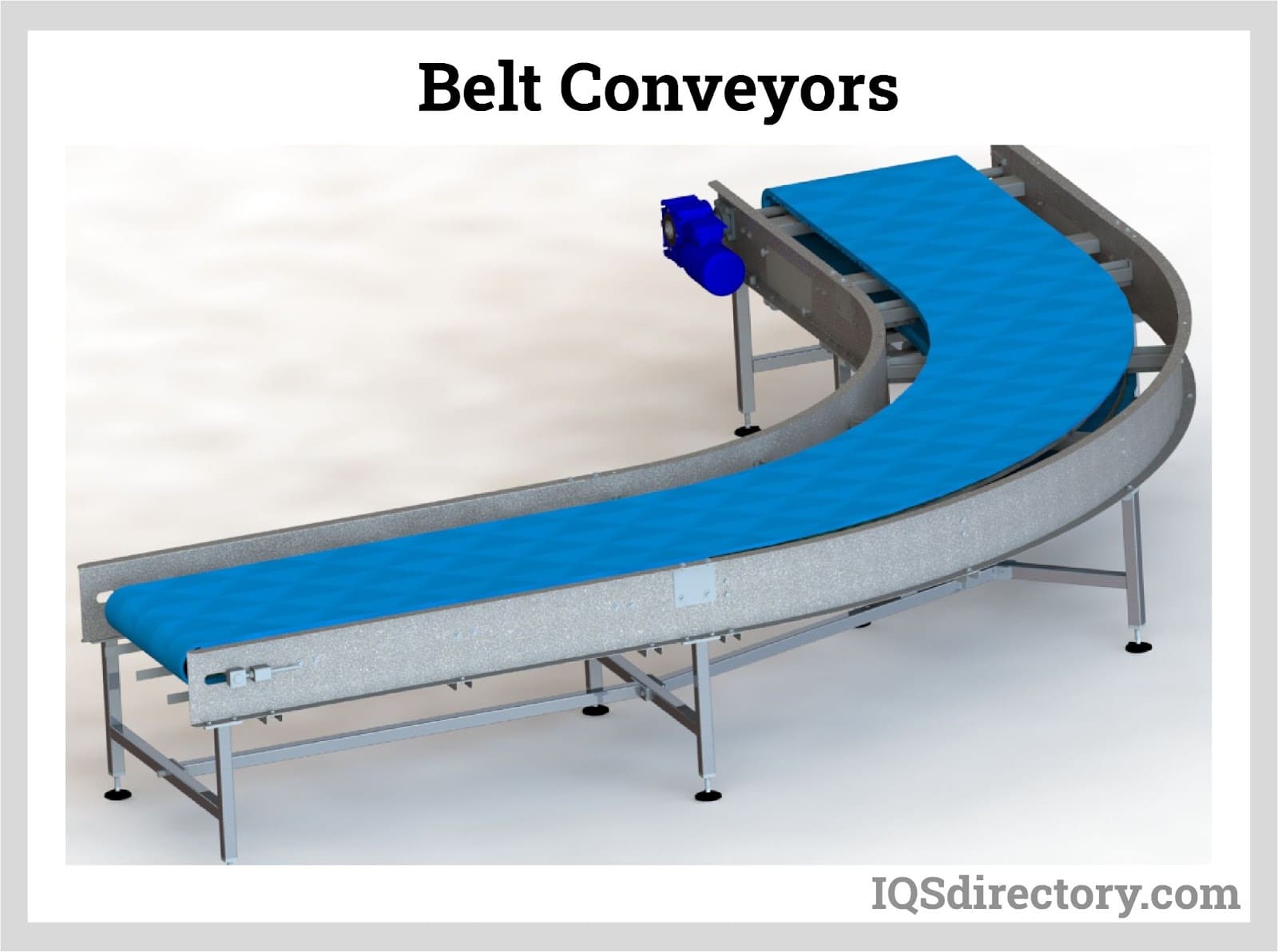

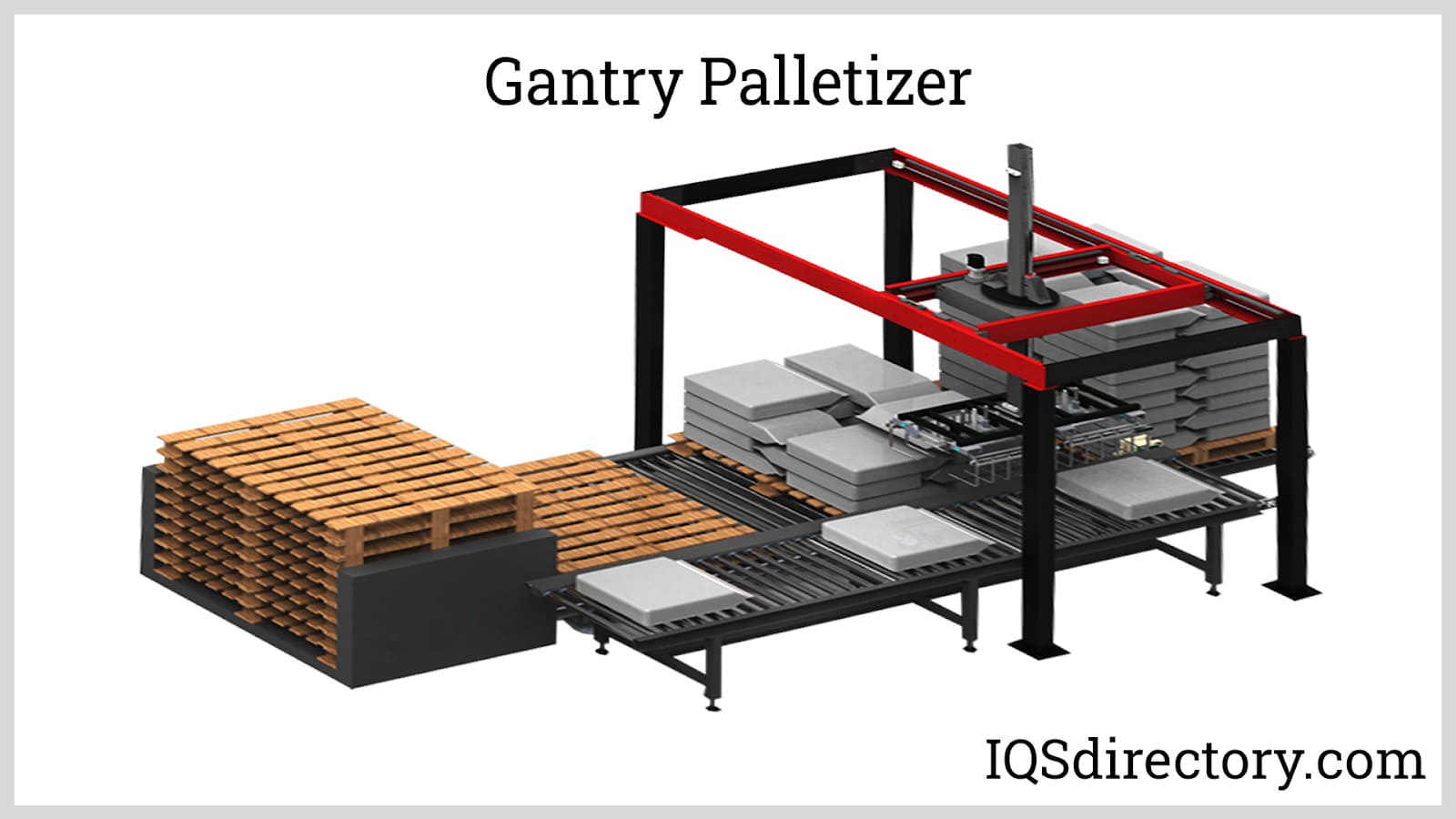
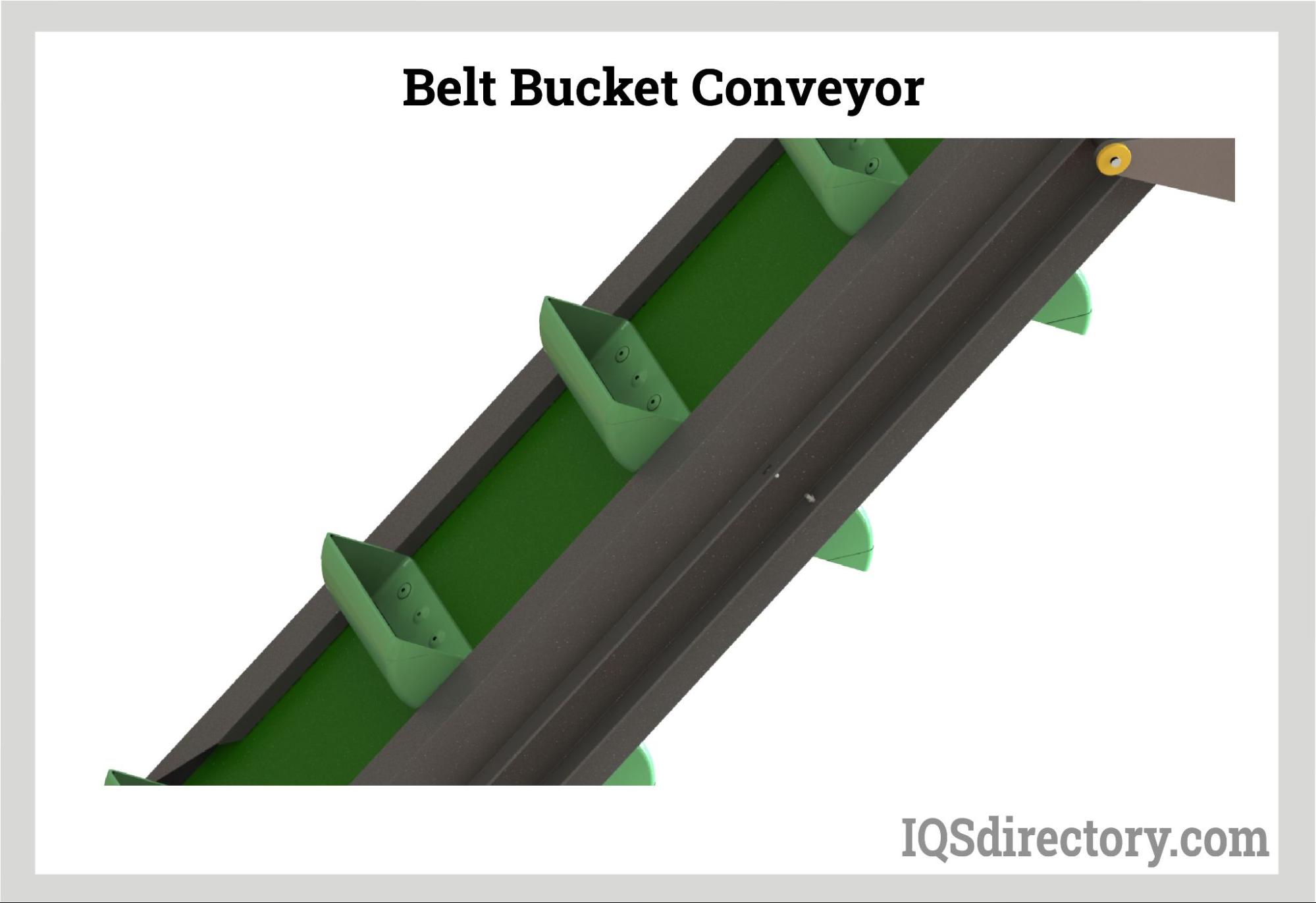
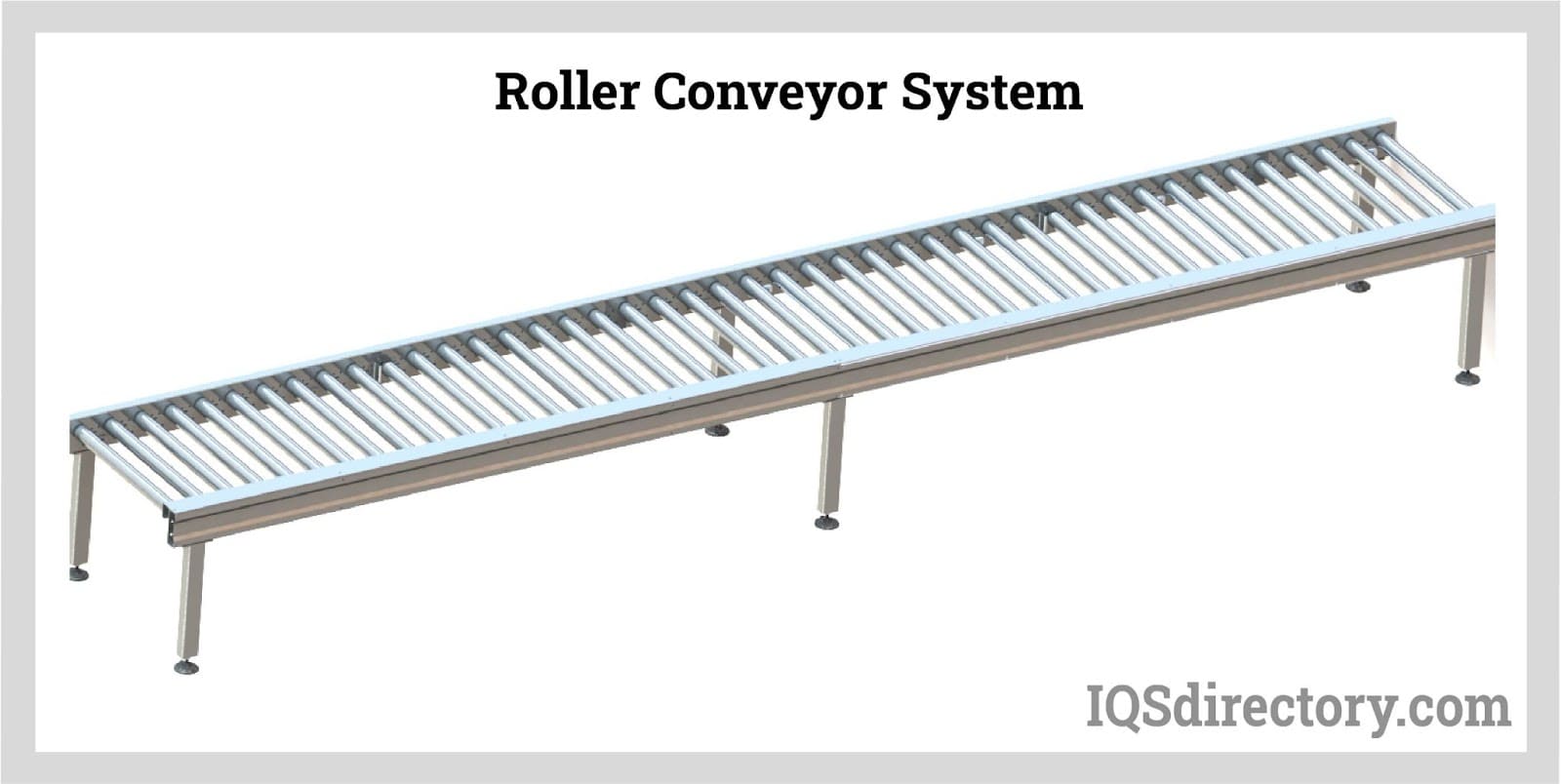

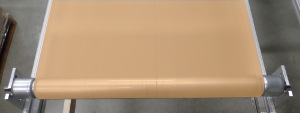 Conveyor Belting
Conveyor Belting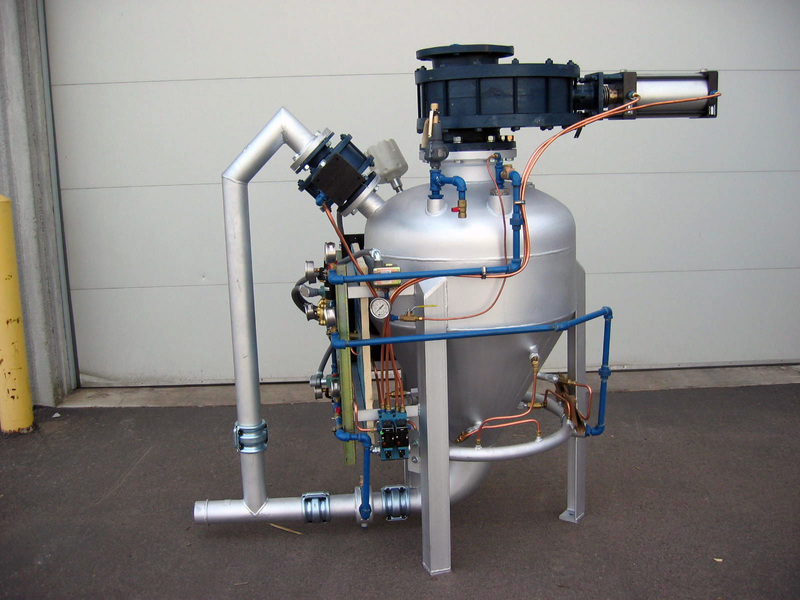 Conveyor Systems
Conveyor Systems Conveyors
Conveyors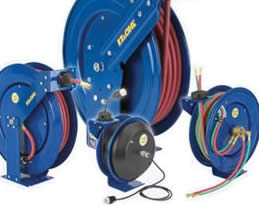 Hosereels
Hosereels Industrial Lubricants
Industrial Lubricants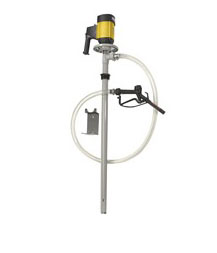 Lubricators
Lubricators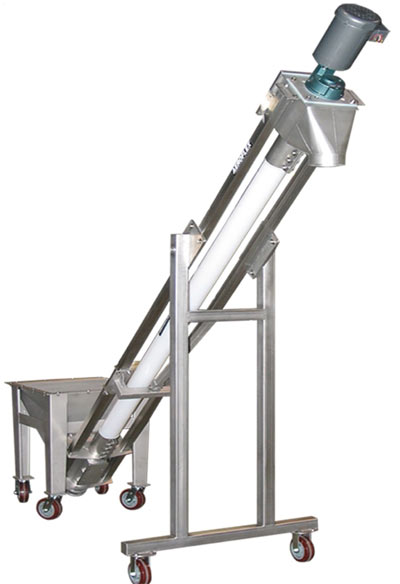 Screw Conveyors
Screw Conveyors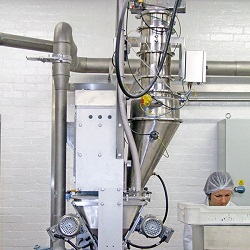 Pneumatic Conveyors
Pneumatic Conveyors AGV
AGV Air Pollution Control
Air Pollution Control Assembly Machinery
Assembly Machinery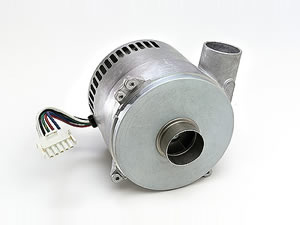 Blowers
Blowers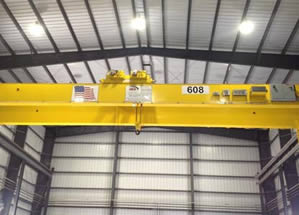 Cranes
Cranes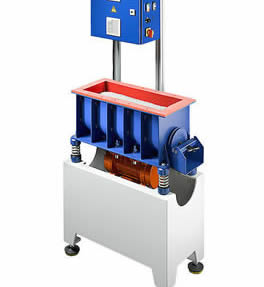 Deburring Machinery
Deburring Machinery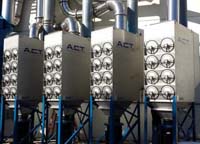 Dust Collectors
Dust Collectors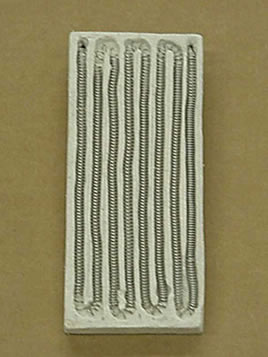 Heaters
Heaters Hose Reels
Hose Reels Mezzanines
Mezzanines Modular Buildings
Modular Buildings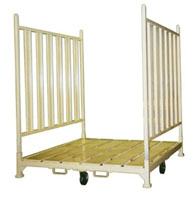 Storage Racks
Storage Racks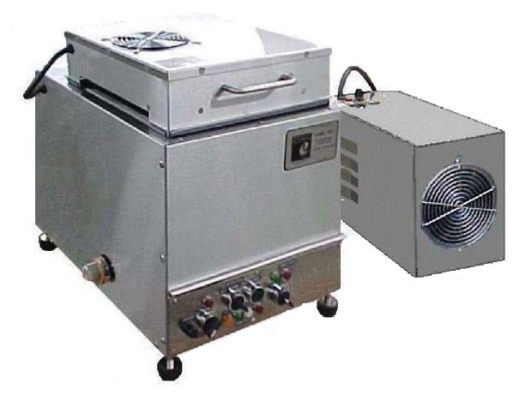 Ultrasonic Cleaners
Ultrasonic Cleaners Work Benches
Work Benches